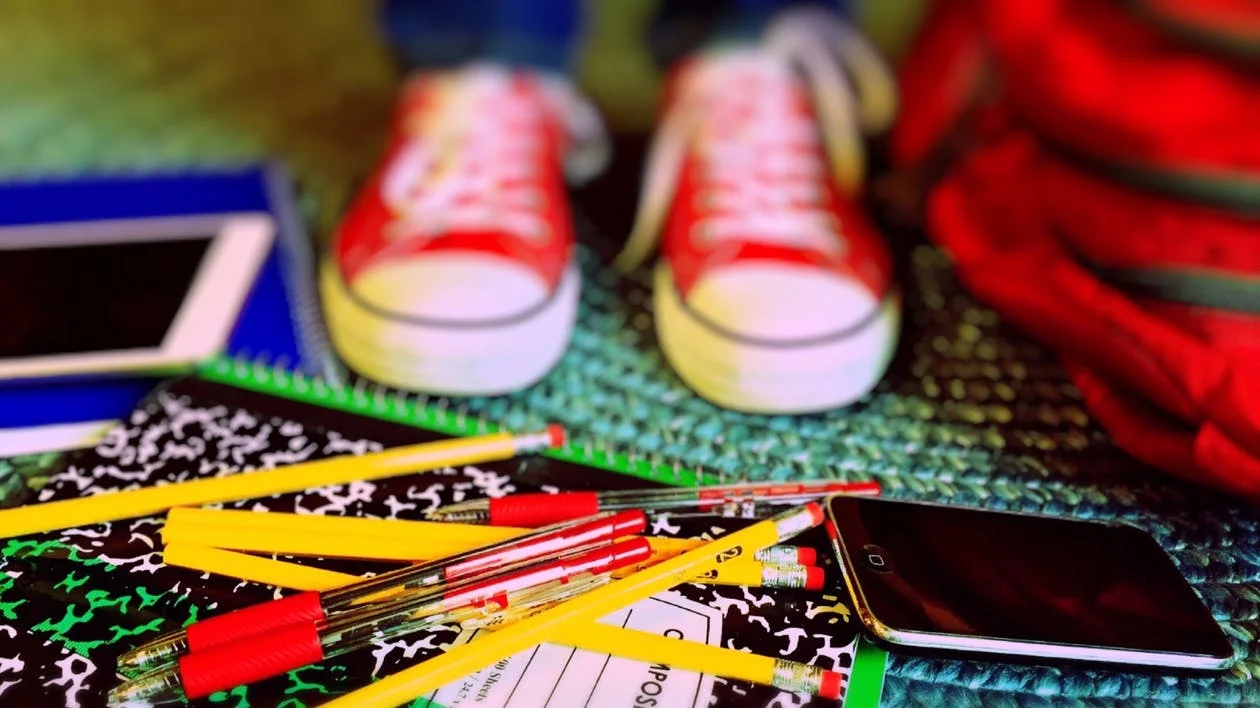TESTS RELATED TO READING
/Many children have difficulty with reading, writing, or other learning-related tasks at some point, but this does not automatically mean they have learning disabilities. A child with a learning disability often has several related signs, and these persist over time. The signs of learning disabilities vary from person to person.
Here is an incomplete list of some of the COMMON signs that a child MAY have learning disabilities:
Problems staying organized.
Poor coordination.
Problems with math skills.
Difficulty with reading and/or writing.
Problems paying attention (staying focused).
Difficulty remembering information and time-related skills/tasks.
Trouble following directions.
If your child is having difficulty with reading and has some of the common signs identified above, speak to their teacher about having them evaluated.
Reading is considered by many to be the most important literacy skill. When your student is in the elementary grades, most of their school day focuses on skill acquisition in reading. When your student moves on to junior and high school, it is presumed that they have reading skills. Your student receives the majority of their content subject information via reading.
Reading is often an area of difficulty for students with disabilities. Young students may not learn the basic skills of reading at the expected rate; they may fall behind their classmates in their ability to decode and understand the written word. Older students who struggle may lack the skills needed to use reading as a tool for learning other skills and subjects.
Reading should be an area of major concern in special education assessment. The Team should be asking “What is the student’s current level of reading achievement?” and “What are the student’s strengths and weaknesses in the various skill areas of reading?” The student’s reading skills should not be assessed solely to determine eligibility for special educations services but also for planning instruction… what does the student need to be successful?
INFORMAL ASSESSMENTS
Informal assessments of a student’s ability to read happens daily and across the subject matters in both general and special education classes. For questions about the mastery of specific academic skills, such as reading; the most valuable information sources may be criterion-referenced tests, informal inventories, classroom quizzes and teacher checklists. Please note that informal assessments may not be used to determine if a child is eligible for special education.
There are several informal assessments that can be used to evaluate a student’s reading ability. Speak to your student’s teacher(s) and/or the Team about a more inclusive assessment of the student’s strengths and weaknesses. For example, the classroom teacher can do an informal reading inventory (IRI).IRIs assess both decoding and comprehension skills. They are made up of graded word lists and reading selections that he student reads orally. The tester notes any decoding errors and records the student’s answers to the comprehension questions accompanying each reading section. The results can be used to identify the student’s current reading skills in comparison to their current grade level.
Another tool that many classroom teachers use are checklists. The checklist can have any mixture of reading skills listed such as decoding, comprehension, silent reading, or oral reading. The results can help the teacher identify the student’s weaknesses and areas of need. The checklists can also be used later to help monitor progress in the development or improvement of these ‘areas of need.’
Finally, another tool that can be quickly used by a classroom teacher to assess a student’s oral reading fluency, or the rate at which students are able to accurately decode words in oral reading tasks is by the use of CBMs or Curriculum-Based measurements. The classroom teacher can use any material, including the textbook, and ask the student to read a section aloud. While the student reads aloud the teacher will time and note any errors. If CBMs are done regularly the data can be tracked to show any progress being made by the student.
FORMAL ASSESSMENTS
There is a wide array of formal assessments that can be used to assess a student’s reading ability. This article is going to highlight just two of them as it would be impossible to identify and discuss all of them adequately. With any type of measure, the assessment tasks must be compatible with the skills of the student. No student should be asked to attempt tasks clearly above their current functioning level. The tools used should reward the student’s strengths rather than punish their weaknesses.
The Woodcock Reading Mastery Tests, Third Edition (WRMT-III). This test is made up several sub-tests that evaluate skills such as letter identification, word identification, phonological awareness and word comprehension. It helps to identify a student’s strengths and weaknesses in reading.
The Gray Oral Reading Tests, 5th Edition (GORT-5). This test has to versions, Form A and Form B. Each form contains 16 developmentally sequenced reading passages with five comprehension questions each. It helps assess a student’s ability to read passages aloud quickly and accurately with adequate comprehension.
WHAT CAN YOU DO TO HELP?
Make reading fun again for your student. Read with them daily. If they are older, have a time during the day where everyone stops and reads and then after a set time, everyone discusses what they read with the others. There are many studies that show when children read to animals, they are less self-conscious. So if you have an animal, encourage your student to read to them. Look into programs at your local library that encourage reading and teach children that reading is a fun activity.
Have questions or concerns about your student? Contact us to discuss further:
E.M. Curran & Associates LLC
10 Tower Office Park
Suite 406
Woburn, MA 01801
Phone: 781-933-1542
Fax: 781-933-1549
ellen@emcurranlegal.com












